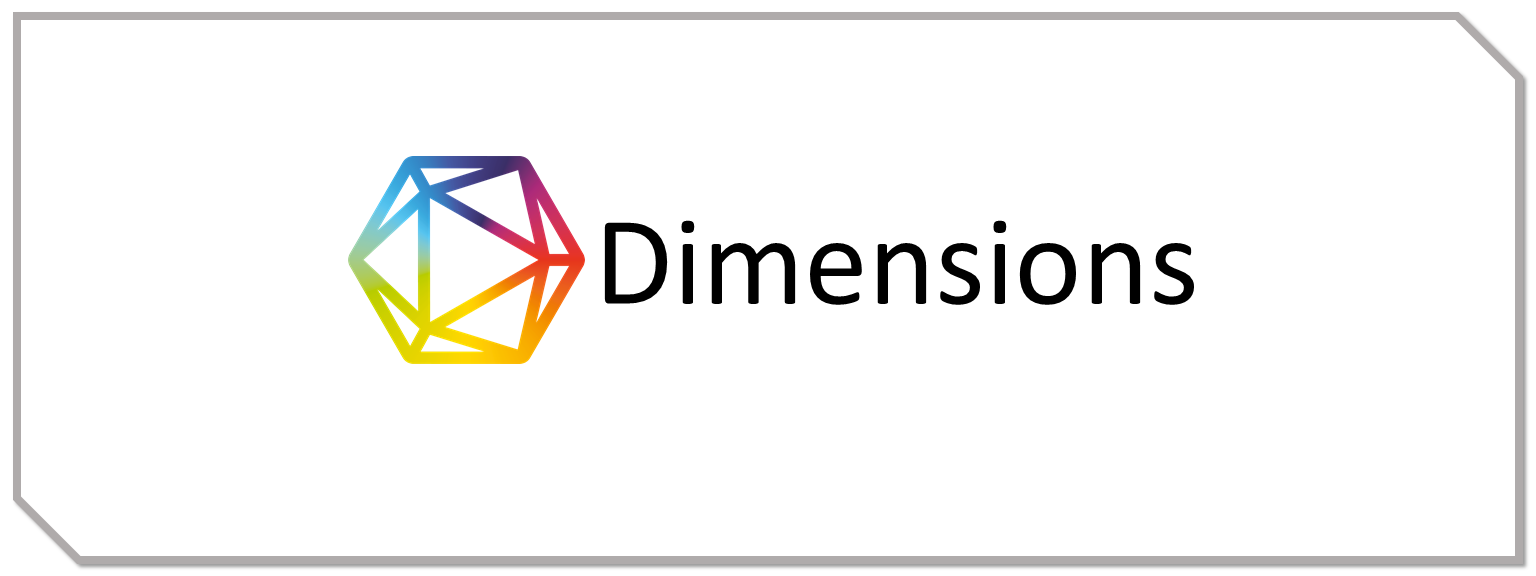The Paradox of Diversity: How Critical Race Theory Challenges Conventional Approaches to Equity and Inclusion
DOI:
https://doi.org/10.70142/ijbge.v1i3.243Keywords:
Critical Race Theory, diversity management, equity and inclusion, systemic racism, intersectionalityAbstract
This literature review investigates the paradox of diversity by examining how Critical Race Theory (CRT) challenges conventional approaches to equity and inclusion in organizational settings. The study explores the limitations of traditional diversity management frameworks, which often focus on representation or meritocracy without addressing deeper systemic issues of racism and discrimination. By applying CRT's principles of intersectionality and social justice, this review highlights how diversity programs that neglect to confront historical and structural power imbalances may fail to achieve true equity. The findings suggest that CRT offers a more comprehensive approach to understanding diversity, enabling organizations to create strategies that address inequities at their core. However, the review also acknowledges the limitations of applying CRT in diverse global contexts and the challenges organizations may face in implementing these strategies. The study concludes by recommending further empirical research on the outcomes of CRT-based diversity initiatives and suggests expanding the focus beyond race to include other dimensions of diversity such as gender and disability.
References
Bearman, M., Smith, C. D., & Carbone, A. (2021). Quality and rigour in qualitative research. Advances in Health Sciences Education, 26(5), 1419–1430.
Bell, D. A. (1980). Brown v. Board of Education and the interest-convergence dilemma. Harvard Law Review, 93(3), 518–533.
Bell, D. A. (1995). Racial realism. In K. Crenshaw, N. Gotanda, G. Peller, & K. Thomas (Eds.), Critical race theory: The key writings that formed the movement (pp. 302–312). The New Press.
Bell, D. A. (1995). Who’s afraid of critical race theory? University of Illinois Law Review, 1995(4), 893–910. https://illinoislawreview.org
Berrey, E., Nelson, R. L., & Nielsen, L. B. (2017). Rights on trial: How workplace discrimination law perpetuates inequality. University of Chicago Press.
Bernstein, R. S., Bulger, M., Salipante, P., & Weisinger, J. Y. (2020). From diversity to inclusion to equity: A theory of generative interactions. Journal of Business Ethics, 167(3), 395–410.
Bonilla-Silva, E. (2018). Racism without racists: Color-blind racism and the persistence of racial inequality in America (5th ed.). Rowman & Littlefield.
Braun, V., & Clarke, V. (2006). Using thematic analysis in psychology. Qualitative Research in Psychology, 3(2), 77–101.
Castilla, E. J. (2015). Accounting for the gap: A firm study manipulating organizational accountability and transparency in pay decisions. Organization Science, 26(2), 311–333.
Castilla, E. J., & Benard, S. (2010). The paradox of meritocracy in organizations. Administrative Science Quarterly, 55(4), 543–576.
https://doi.org/10.2189/asqu.2010.55.4.543
Creswell, J. W., & Poth, C. N. (2018). Qualitative inquiry and research design: Choosing among five approaches (4th ed.). Sage.
Crenshaw, K. W. (1991). Mapping the margins: Intersectionality, identity politics, and violence against women of color. Stanford Law Review, 43(6), 1241–1299.
https://doi.org/10.2307/1229039
Critical Appraisal Skills Programme (CASP). (2018). CASP qualitative checklist. Retrieved from https://casp-uk.net/casp-tools-checklists/
Delgado, R., & Stefancic, J. (2017). Critical race theory: An introduction (3rd ed.). NYU Press.
Dobbin, F., & Kalev, A. (2016). Why diversity programs fail and what works better. Harvard Business Review, 94(7), 52–60. https://hbr.org
Ferdman, B. M. (2017). Paradoxes of inclusion: Understanding and managing the tensions of diversity and multiculturalism in the workplace. Journal of Applied Behavioral Science, 53(2), 191–213. https://doi.org/10.1177/0021886317707609
Ferdman, B. M., & Deane, B. (2017). Diversity at work: The practice of inclusion (pp. 1–36). Jossey-Bass.
Hart, C. (2018). Doing a literature review: Releasing the social science research imagination (2nd ed.). Sage.
Kolivoski, K. M., Weaver, A., & Constance-Huggins, M. (2014). Critical race theory: Opportunities for application in social work practice and policy. Families in Society, 95(4), 269–276.
Luthans, F., & Avolio, B. J. (2009). The “point” of positive organizational behavior. Journal of Organizational Behavior, 30(2), 291–307.
Lynn, M., & Dixson, A. D. (2013). Handbook of critical race theory in education. Routledge.
Nishii, L. H. (2013). The benefits of climate for inclusion for gender-diverse groups. Academy of Management Journal, 56(6), 1754–1774.
Opoku-Dakwa, A., & Rice, D. B. (2024). A place for critical race theory and wokeness in diversity strategies. Academy of Management Perspectives, 38(2), Online First.
Ray, V. (2019). A theory of racialized organizations. American Sociological Review, 84(1), 26–53. https://doi.org/10.1177/0003122418822335
Saldana, J. (2021). The coding manual for qualitative researchers (4th ed.). Sage.
Smith, W. K., & Lewis, M. W. (2011). Toward a theory of paradox: A dynamic equilibrium model of organizing. Academy of Management Review, 36(2), 381–403.
Snyder, H. (2019). Literature review as a research methodology: An overview and guidelines. Journal of Business Research, 104, 333–339.
Tranfield, D., Denyer, D., & Smart, P. (2003). Towards a methodology for developing evidence-informed management knowledge by means of systematic review. British Journal of Management, 14(3), 207–222.
Waldman, D. A., & Sparr, J. L. (2023). Rethinking diversity strategies: An application of paradox and positive organizational behavior theories. Academy of Management Perspectives, 37(2), 174–192.
Wingfield, A. H., & Alston, R. (2014). Maintaining hierarchies in predominantly white organizations: A theory of racial tasks. American Behavioral Scientist, 58(2), 274–287. https://doi.org/10.1177/0002764213503336
















